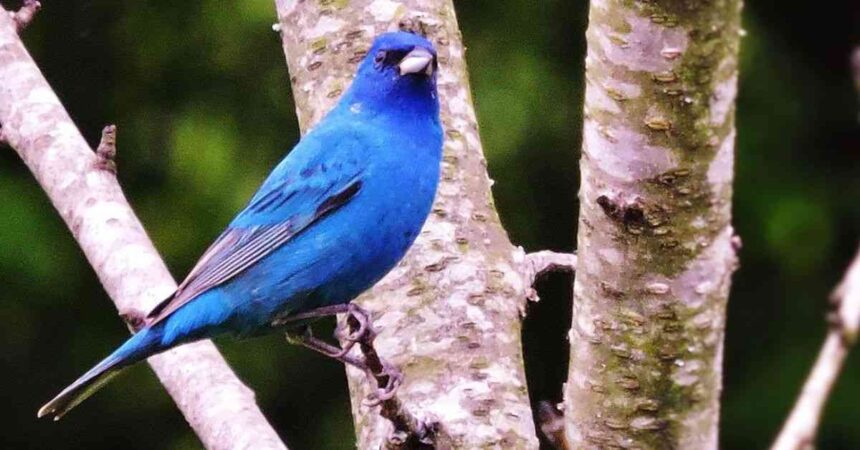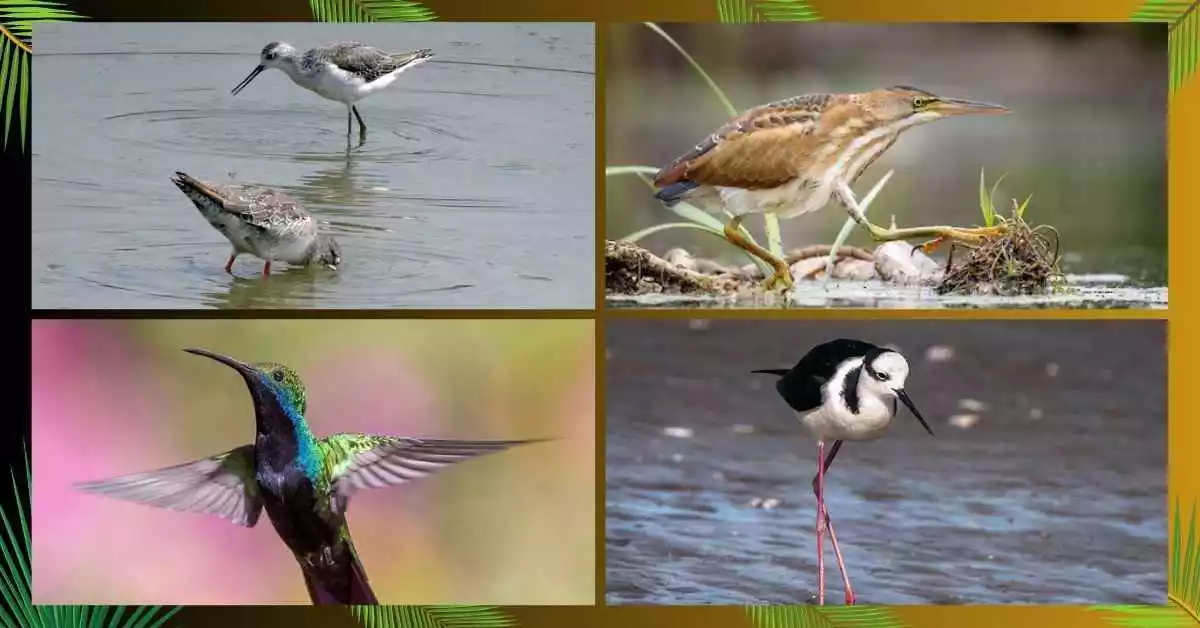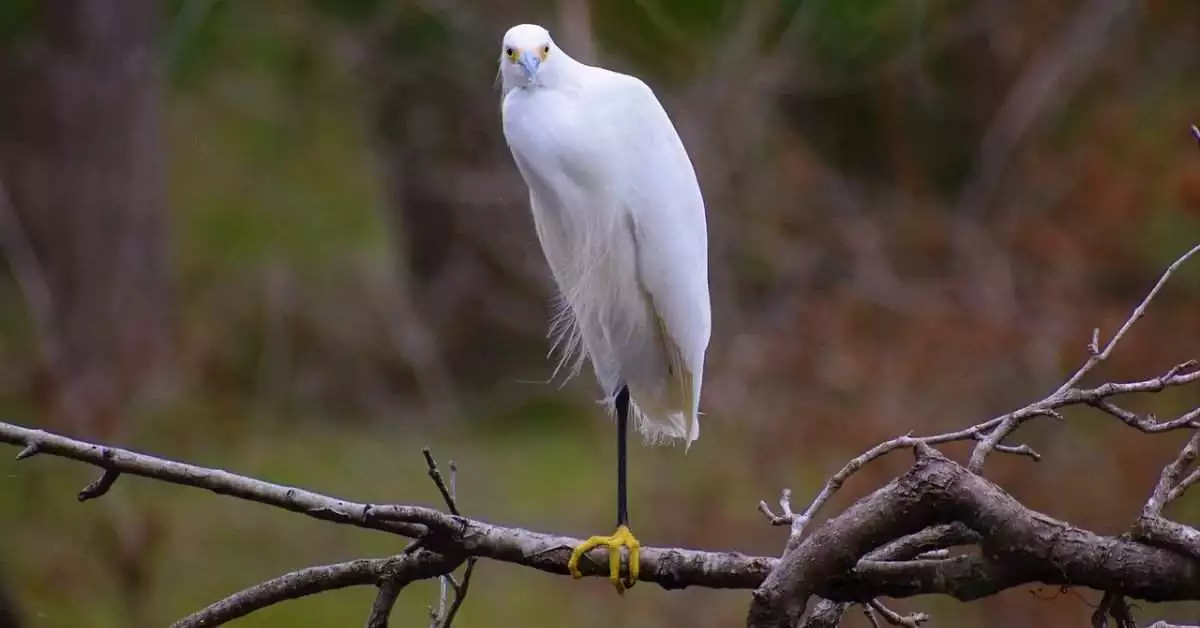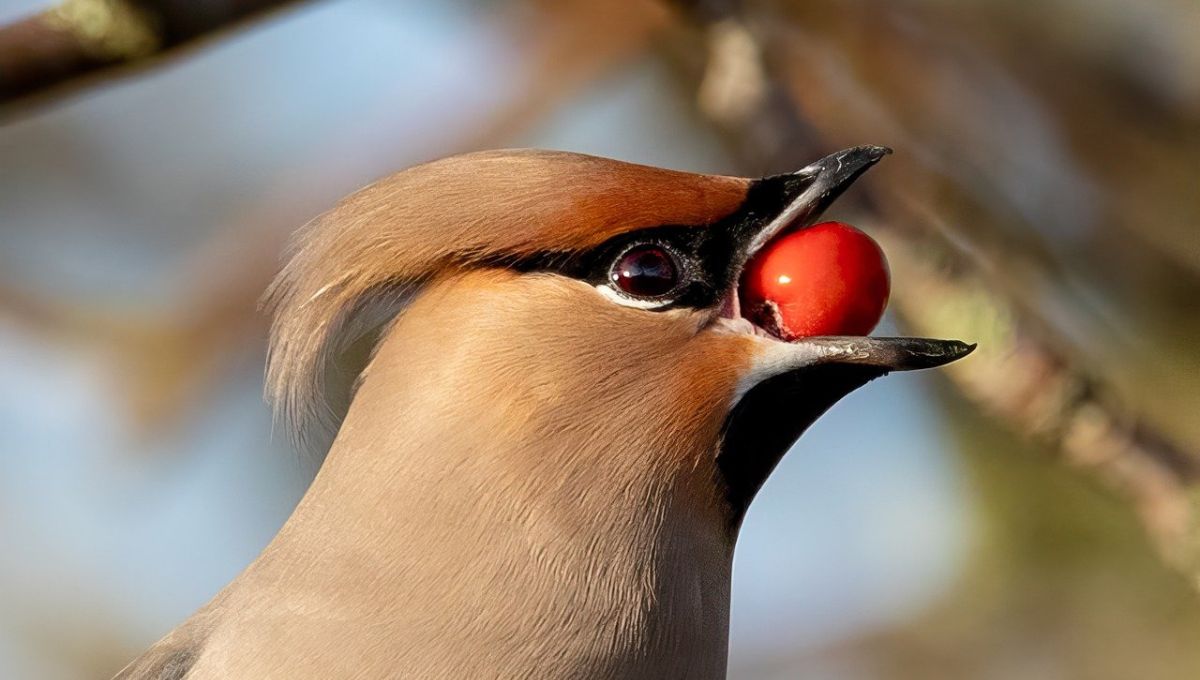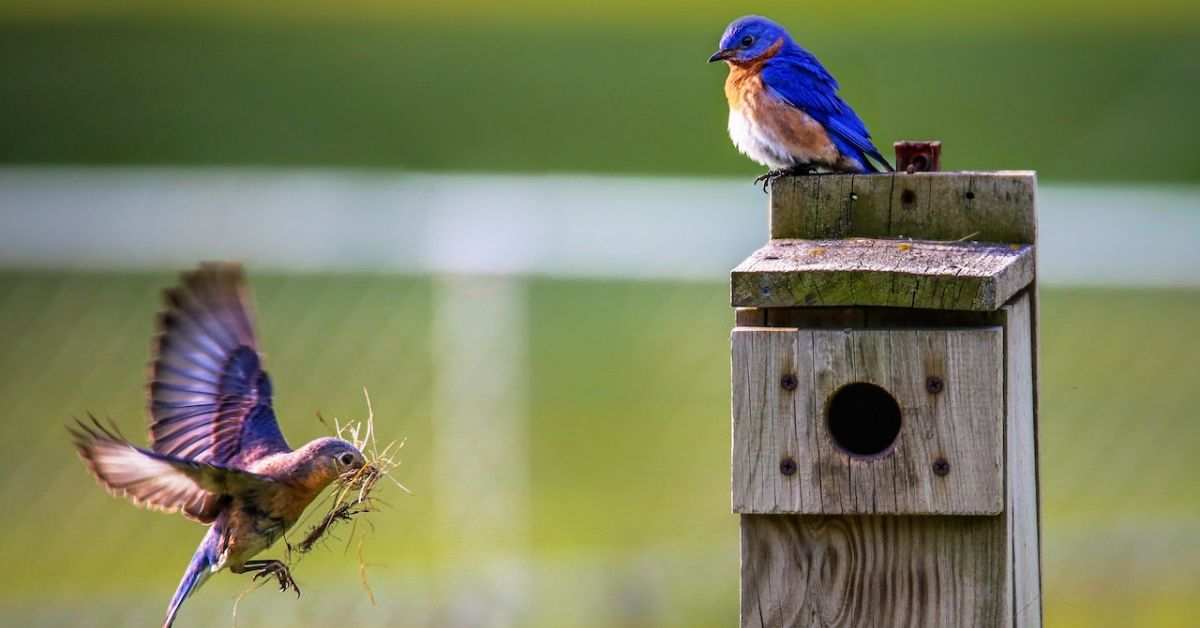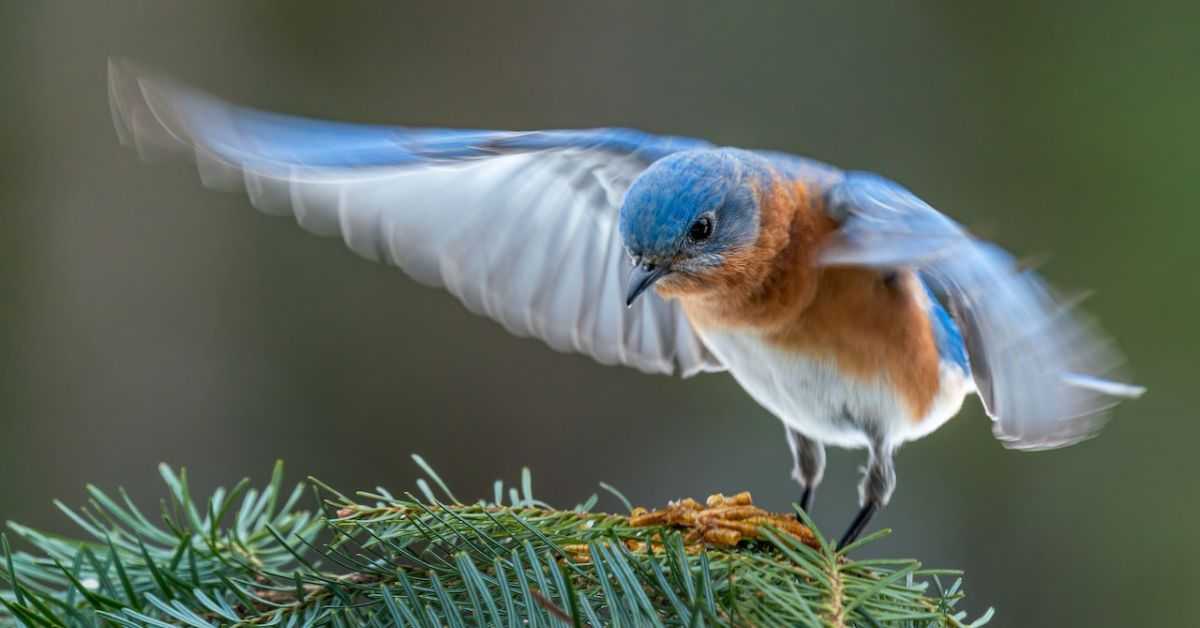Get ready to be amazed by the stunning bright blue birds in Florida! Their brilliant blue feathers and delightful songs are guaranteed to brighten up your day.
Whether you’re a bird lover or simply enjoy nature, make sure to catch a glimpse of these remarkable creatures on your next visit to Florida.
Florida is home to a variety of beautiful birds, but none are quite as eye-catching as the bright blue birds that call the state home.
Bright Blue Birds in Florida
There are many different species of bright blue birds in Florida. From the vibrant blue of the eastern bluebird to the deep blue of the indigo bunting, these birds add a touch of colour and wonder to any backyard or park.
Here are a few of the most popular:
- Eastern Bluebird
- Western Bluebird
- Blue Jay
- Indigo Bunting
Let’s explore these 4 birds’ colour, habitat, food, behaviour, etc.
1. Western Bluebird
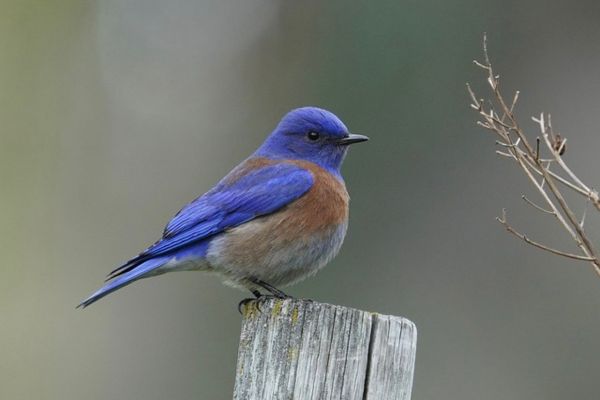
The Western Bluebird is a pretty bird found in western parts of North America, including some areas of Florida. Western Bluebird species are the small blue birds in Florida.
Western Bluebirds have bright blue feathers on their back and a reddish or orange chest (males). Females and young birds have less bright blue feathers and lighter chests.
Habitat: Western Bluebirds like open woodlands, meadows, and areas with scattered trees. They look for places with food and spots to perch and build nests, like trees or nest boxes.
Behaviour: Western Bluebirds stay in their habitat all year and don’t migrate. They build nests in holes, like in trees or old woodpecker nests. They eat insects, berries, and fruits.
Breeding: The breeding season starts in spring. Males find mates by showing off and singing. They build nests together in holes.
The female lays about 3 to 7 pale blue eggs and sits on them for 12 to 14 days. Both parents feed the chicks, which leave the nest in about 17 to 21 days.
Conservation: Western Bluebirds face problems with losing their homes and nests. People help by providing nest boxes and taking care of their habitats.
2. Eastern Bluebird
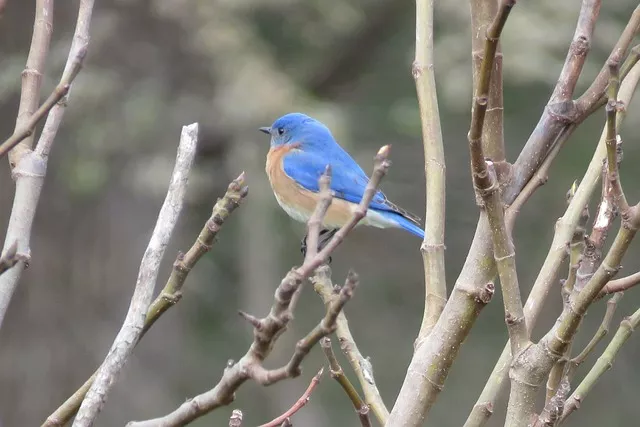
The Eastern Bluebird is a bright blue bird found in Florida. The males have vibrant blue feathers and rusty-red or orange breasts, while the females have more subdued colours.
They like open woodlands, meadows, and gardens with trees nearby. Eastern Bluebirds build nests in cavities like old woodpecker holes or nest boxes.
They eat insects, berries, and fruits. Breeding season is in late winter or early spring, and the female lays pale blue eggs.
Both parents care for the chicks, which leave the nest after about 17 to 21 days. Conservation efforts have helped their populations recover.
3. Blue Jay
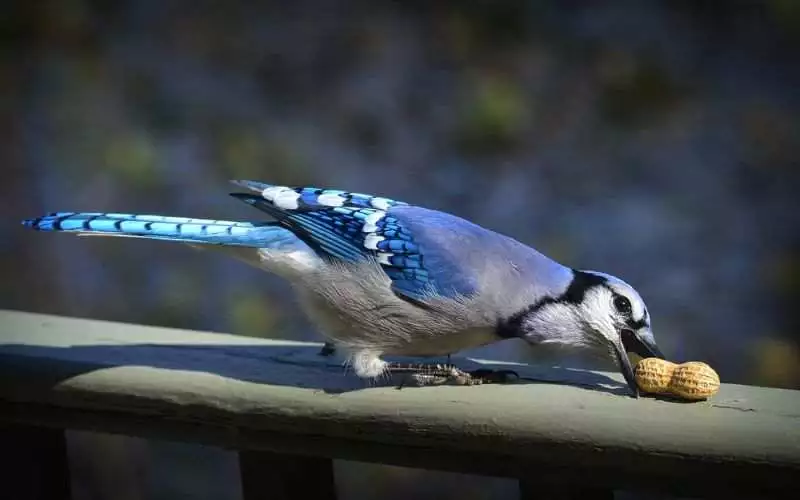
The Florida Scrub Jays are intelligent and beautiful dark blue birds in Florida that can be found in sandy scrubland throughout Florida.
These unique birds are known for their blue-grey feathers and bold personalities. Florida Scrub Jays are omnivorous.
They eat insects, fruits, seeds, small lizards, and snakes.
They are larger than the Eastern Bluebird. They can grow up to 12 inches in length with a wingspan of 15 inches.
4. Indigo Bunting
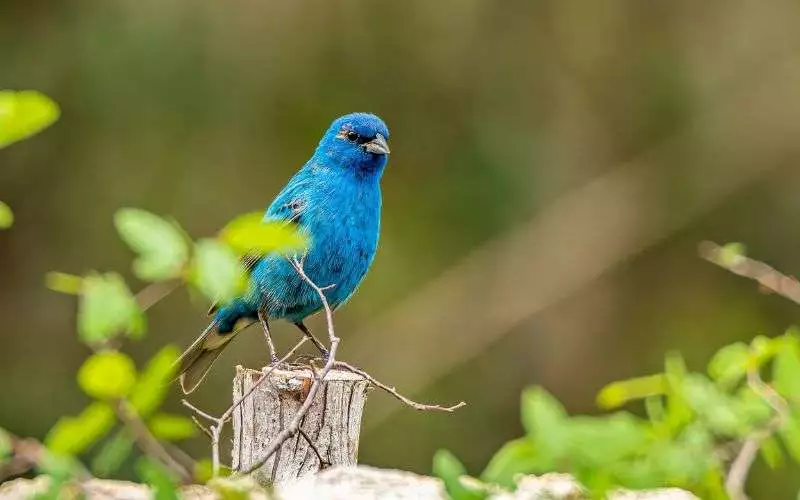
The one and only bright blue bird in Florida is Indigo Bunting. This small bright blue-coloured bird can be found all over Florida during the spring and summer months.
This species of bird also can be found in other parts of the country.
Males have purple-blue feathers, while females have bluish-green. They always prefer to stay in open woodlands, brushy fields, and meadows.
They eat seeds, insects, and berries. Indigo Bunting can grow up to 4-5 inches in length and have a wingspan of 6-9 inches.
Fun fact: During their breeding, they migrate thousands of miles.
Conclusion
The bright blue birds of Florida are a joy to see. They add a touch of beauty and wonder to any backyard or park. If you’re looking for a way to brighten your day, be sure to keep an eye out for these amazing birds the next time you’re in Florida.
